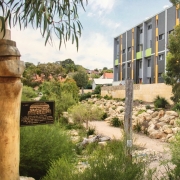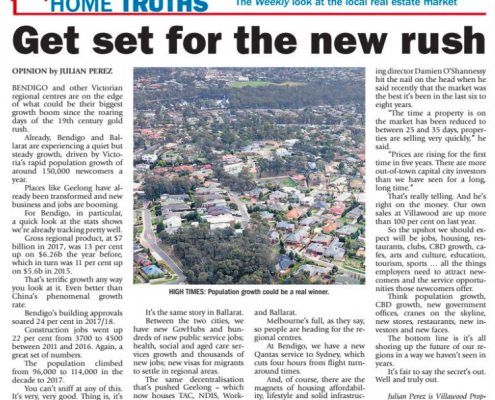Big little changes to how you live
Unless you’ve been living under a rock, you’ll know housing in Australia is changing. Has been for quite some time.
Tighter lots, increasingly prolific renewable energy, gas on the way out, recycled water, floor plans changing to work from home, the shrinking back yard, are all the norm. Today’s greenfield communities are far removed from the raw, bare estates of old.
These changes, however, are about to be ramped up big time. Or small big time to be more accurate.
Think more smaller homes, townhomes and townhouses, apartments, terrace homes. In the greenfields as well as established urban areas. Think many, many more. Medium density’s coming your way and it is going to be snapped up by a largely unserviced market hungry for affordable, low-maintenance and quality homes. It’s started already, in fact.
Numerous factors are driving this change. The over-arching factors are price, inadequate land supply, soaring migration numbers, demand – and governments anxious about financing new infrastructure in the greenfields and keen to ramp up urban growth around existing infrastructure. Then there’s also lifestyle options where buyers don’t want big houses, preferring easy-to-maintain smaller homes; buyers such as first home buyers, singles, downsizers.
Given the competitive nature of the property market, it’s no surprise to find developers, architects, designers, builders and planners upping the ante of small homes in terms of design, quality, craftsmanship and delivery.
The recently-released book Housing Evolution: Towards Better Medium-Density Design (UWA Publishing) is a powerful catalogue of how this transition is unfolding, what it looks like, of designers throwing themselves at it with a passion and the striking results they’re achieving. It’s been compiled by Western Australia’s Office of the Government Architect, Development WA and staff and students of the UWA School of Design.
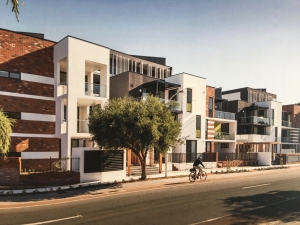
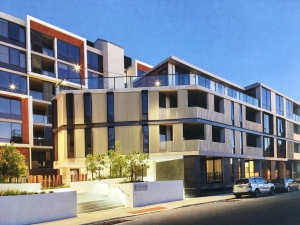
“The ability to flex, adapt and evolve is becoming increasingly vital to respond to the challenges our world is now facing – and nowhere is this more evident than in our communities,” says DWA’s Dean Mudford.
“Housing design is evolving to address this challenge and this has given birth to exciting new urban precincts that deliver smarter density and diversity, including safety, connection, a greater sense of community and, importantly, affordability. By taking a strategic approach to designing housing with a diverse range of approaches to density, we can address community concerns and make the case for innovation.

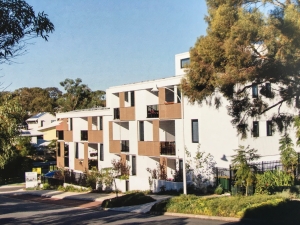
“We can demonstrate how under-utilised pockets of urban land can be reimagined into thriving neighbourhoods where you can walk to work, shops, cafes, parks and public transport. While the nature of housing is changing, the importance of homes and community remains at the core of our society. Everyone wants to come home to a place where they feel safe, connected, comfortable and free to make choices that suit their lifestyle.”
These sentiments are echoed in the likes of developer Villawood Properties’ approach to building new communities to include a greater proportion of premium medium density homes. Its VillaRange suite of small homes, on separate land titles as opposed to many other MD offerings, is a telling precursor to what’s shaping up as a powerful watershed for the housing sector.
VillaRange is geared directly toward a part of the market long ignored by the industry: people anxious to buy but kept at arm’s length by the tyranny of price. These homes smash that barrier while upping the ante in significant terms not previously addressed for this type of housing – central location, access to amenities and services, social networks, community opportunities.
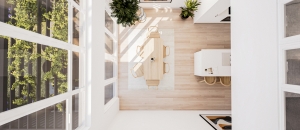

Building homes is one thing, building communities is another, of course. And VillaRange (above) reflects a maturity and responsibility in urban design that is setting benchmarks for competitors. It’s part of a strategy of community sustainability that’s intrinsic to Villawood’s MO. An ethos delivered through a diversity of lot options, swathes of open space, recreation, retail and social facilities, and financial community support.
Villawood provides community infrastructure years ahead of what local councils or government might, or even can, provide. It’s a key part of how Australian housing is changing. As housing demand continues to grow, it’s the astute, caring and innovative urban designers who will best shape the future.
As Dean Mudford says: “The way our towns and homes were designed in the past is no longer sustainable and we need to be smarter about the way we use our land and resources to ensure our cities are well-positioned for the future.”

